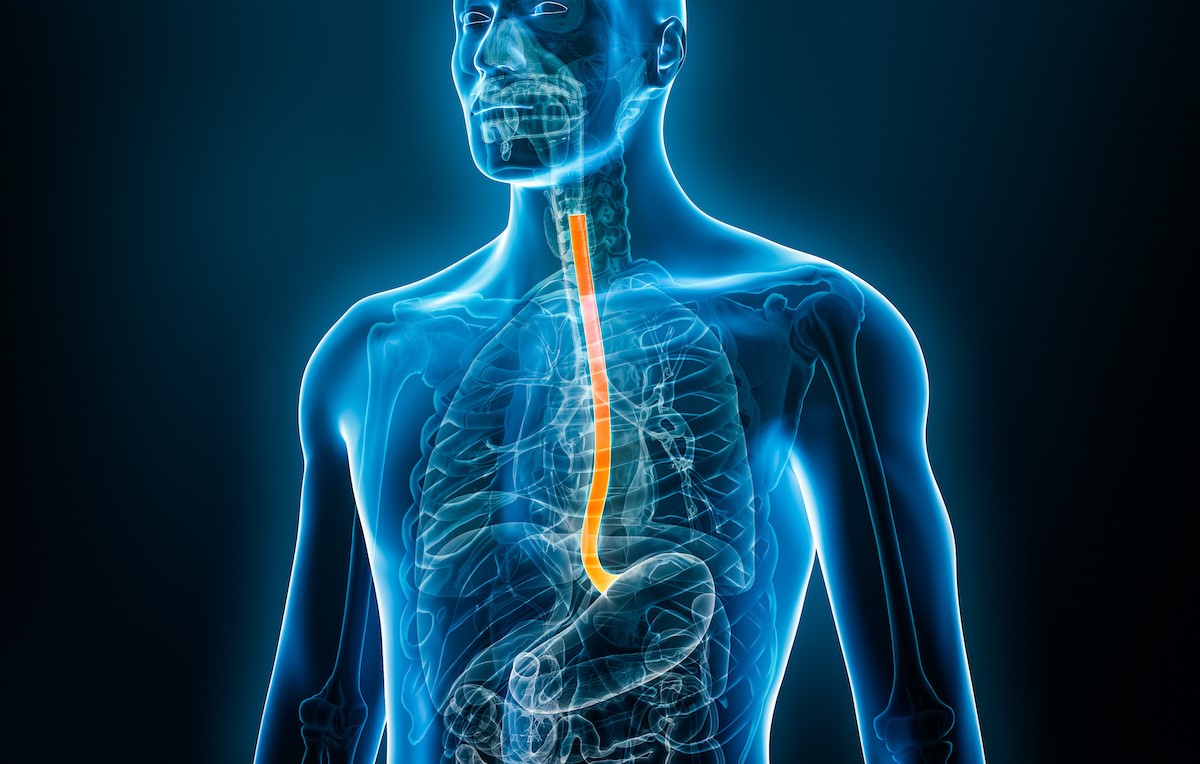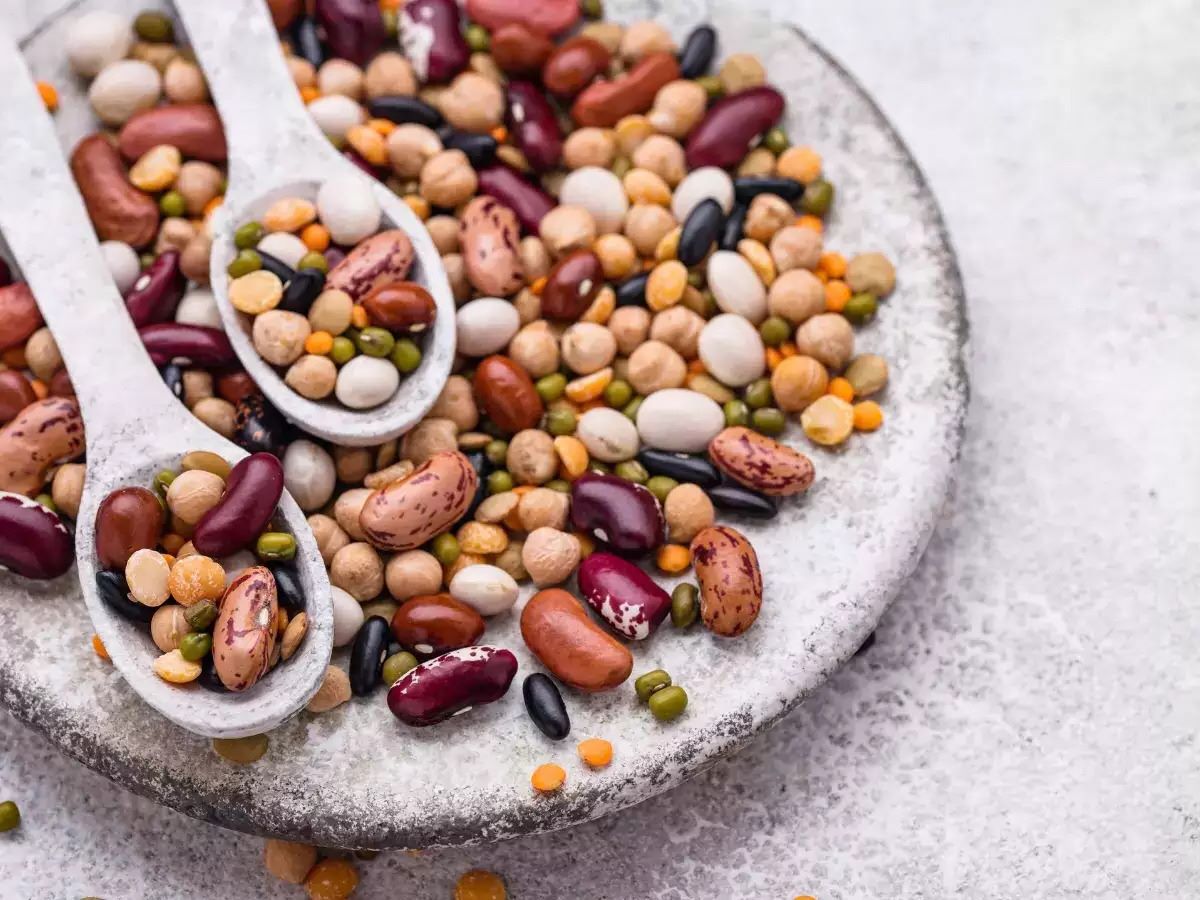
The esophagus is a fascinating part of the human anatomy that plays a crucial role in the digestion process. This muscular tube connects the throat to the stomach, allowing food and liquids to pass through. While the esophagus may seem like a simple structure, it holds several intriguing facts that are worth exploring. In this article, we will delve into eight fascinating facts about the esophagus that will leave you amazed at the wonders of the human body. From its remarkable ability to withstand acid reflux to its role in helping us swallow upside down, the esophagus will undoubtedly captivate your curiosity. So, let’s dive in and unravel the secrets of this incredible organ!
Key Takeaways:
- The esophagus is a flexible tube that helps move food from the throat to the stomach using rhythmic muscle contractions called peristalsis. It also has layers that work together to propel food downward during digestion.
- The esophagus has a protective lining to withstand stomach acid, but it can be affected by disorders like GERD and esophageal spasms. It’s important to take care of this vital organ for a healthy digestive system.
The esophagus is the muscular tube connecting the throat to the stomach.
The esophagus plays a vital role in the digestive system, as it transports food and liquids from the mouth to the stomach using rhythmic muscle contractions known as peristalsis.
The length of the esophagus varies among individuals.
On average, the esophagus measures about 25 centimeters in length, but it can range from 20 to 30 centimeters. Its flexibility allows for easy passage of food, even when swallowing large bites.
The esophagus has different layers.
The esophageal wall is composed of several layers, including the inner mucosa, submucosa, muscularis propria, and outer adventitia. These layers work together to help propel food downward during the digestion process.
The esophagus is responsible for preventing acid reflux.
The lower esophageal sphincter (LES) is a circular muscle that prevents stomach acid from flowing back into the esophagus. When the LES weakens or malfunctions, it can lead to gastroesophageal reflux disease (GERD).
Esophageal cancer is more common in older adults.
Although esophageal cancer can affect people of all ages, it is more commonly diagnosed in individuals over the age of Risk factors for esophageal cancer include smoking, heavy alcohol consumption, and obesity.
The esophagus can be affected by certain disorders.
Conditions such as gastroesophageal reflux disease (GERD), Barrett’s esophagus, esophageal strictures, and achalasia can impact the function of the esophagus and require medical intervention for treatment.
The esophagus has a protective lining to withstand stomach acid.
The inner lining of the esophagus is made up of specialized cells that are resistant to the corrosive effects of stomach acid. However, chronic acid reflux can lead to inflammation and damage of the esophageal lining.
The esophagus can experience spasms.
Esophageal spasm is a condition characterized by abnormal muscle contractions in the esophagus. This can cause chest pain, difficulty swallowing, and a feeling of food sticking in the throat.
These are just 8 fascinating facts about esophagus, a remarkable organ that plays a crucial role in our digestive system.
Conclusion
The esophagus is a remarkable organ that plays a vital role in the digestive system. Its structure and function are integral to the process of swallowing food and delivering it to the stomach. Understanding the esophagus and its intricacies can help us maintain a healthy lifestyle and prevent potential issues like acid reflux or esophageal diseases.
From its unique anatomy to its ability to withstand extreme temperatures, the esophagus offers a fascinating glimpse into the wonders of the human body. Whether it’s the rhythmic contractions of the esophageal muscles or the protective mechanisms that prevent food from entering the airways, the esophagus is a marvel of nature.
By appreciating the incredible nature of the esophagus, we can develop a deeper understanding of our own bodies and take better care of our digestive health.
FAQs
1. What is the esophagus?
The esophagus is a muscular tube that connects the mouth to the stomach. It plays a vital role in the process of swallowing and transporting food to the digestive system.
2. How long is the esophagus?
The esophagus is approximately 25 centimeters (10 inches) long in adults.
3. Can the esophagus withstand extreme temperatures?
Yes, the esophagus is lined with specialized cells that can resist the damages caused by hot or cold foods and beverages.
4. What happens if the esophagus becomes blocked?
If the esophagus becomes blocked, it can lead to difficulty swallowing, chest pain, regurgitation, and other symptoms. It may require medical intervention to remove the obstruction.
5. Are there any common diseases or conditions that affect the esophagus?
Yes, some common conditions that can affect the esophagus include gastroesophageal reflux disease (GERD), esophagitis, Barrett’s esophagus, and esophageal cancer.
6. Can lifestyle choices affect the health of the esophagus?
Absolutely. Factors such as smoking, excessive alcohol consumption, obesity, and poor dietary habits can increase the risk of developing esophageal diseases.
7. Can the esophagus heal itself?
Yes, the esophagus has a remarkable ability to heal itself. However, in some cases of severe damage or chronic conditions, medical intervention may be required.
8. Can stress or anxiety affect the esophagus?
Yes, stress and anxiety can worsen symptoms of esophageal disorders like GERD. It is important to manage stress levels to promote a healthy esophagus.
Intrigued by esophageal facts? Keep exploring! Learn about the esophageal sphincter's astonishing abilities, like preventing stomach acid backflow. Unravel enigmatic cardiac sphincter mysteries and how it aids digestion. Hungry for more? Satisfy your appetite with captivating digestive system facts that'll leave you amazed at your body's inner workings.
Was this page helpful?
Our commitment to delivering trustworthy and engaging content is at the heart of what we do. Each fact on our site is contributed by real users like you, bringing a wealth of diverse insights and information. To ensure the highest standards of accuracy and reliability, our dedicated editors meticulously review each submission. This process guarantees that the facts we share are not only fascinating but also credible. Trust in our commitment to quality and authenticity as you explore and learn with us.


